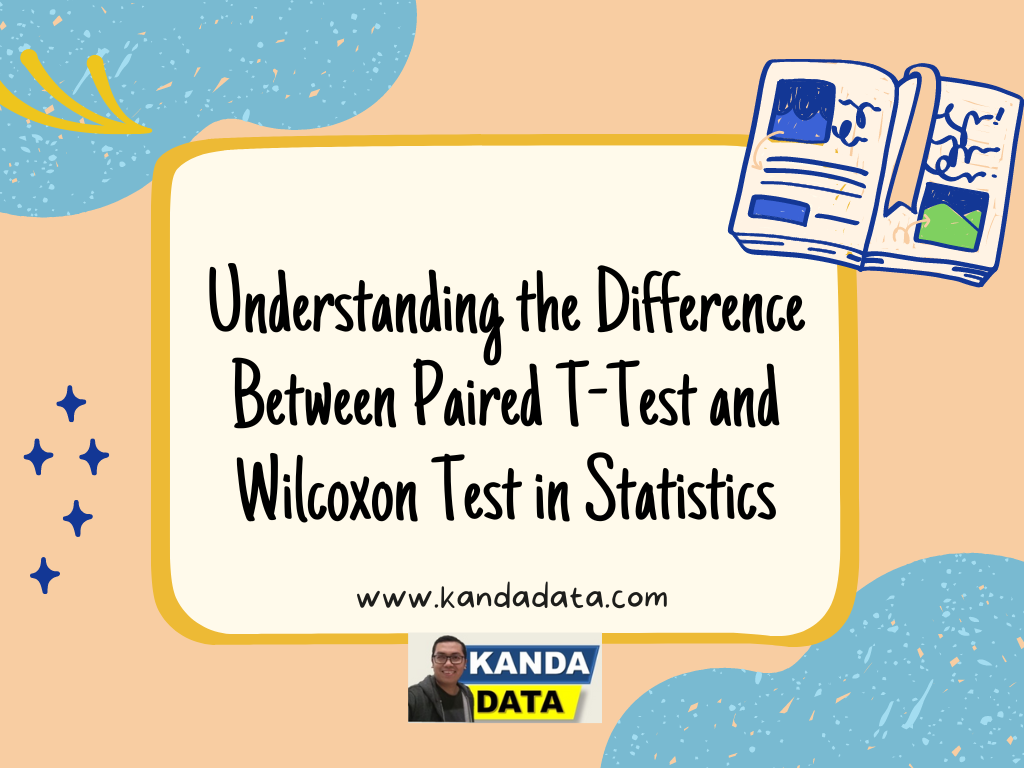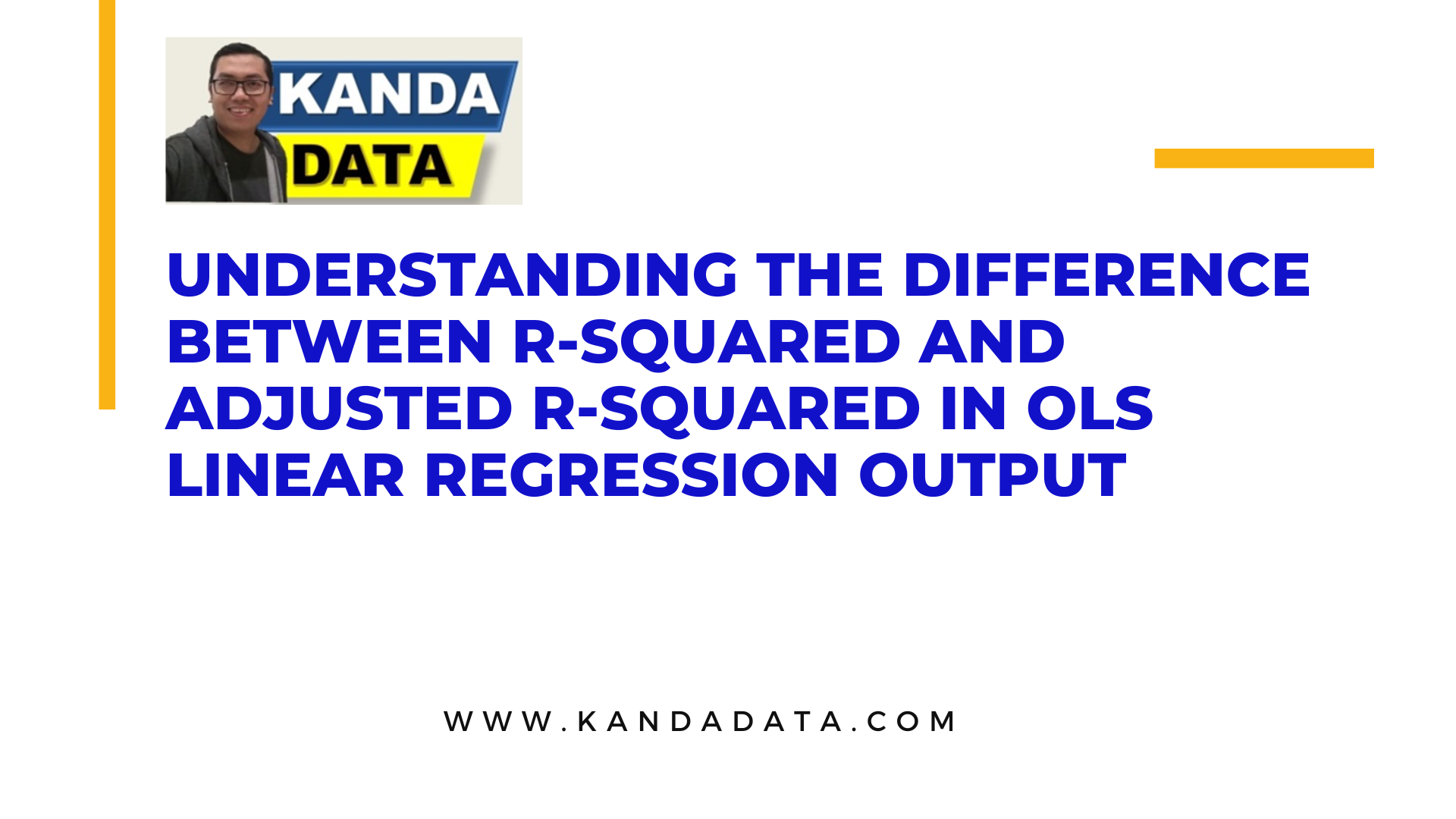Tag: Data Analysis
Can regression estimation coefficients have negative values?
In regression analysis, estimation coefficients are parameters used to understand the influence of independent variables on the dependent variable. However, an interesting question arises: Can regression estimation coefficients have negative values? In this article, Kanda Data will delve into this phenomenon and discuss its practical implications in linear regression analysis using the ordinary least squares method.
Understanding the Difference Between Paired T-Test and Wilcoxon Test in Statistics
In the realm of statistics, associative tests play a crucial role in examining differences, relationships, and influences between variables. One common form of associative test is the test for differences, which aims to compare the means of two or more sample groups.
The data that cannot be transformed using natural logarithm (Ln)
In quantitative data analysis, to ensure unbiased and consistent estimations, it’s important to meet several assumptions required in the conducted tests. However, sometimes, the test results may not meet the desired expectations.
Understanding the Difference Between R-squared and Adjusted R-squared in OLS Linear Regression Output
R-squared (R²) and Adjusted R-squared (R² adjusted) are key metrics frequently used to assess the effectiveness of a linear regression model. The R-squared value provides information about the proportion of variability in the dependent variable explained by the independent variable in the linear regression equation.
Data That Cannot Be Transformed Using Natural Logarithm (Ln)
In quantitative data analysis, data transformation is not a new concept. It is a process of converting the original form of data into another form to improve the data and meet the assumptions required for quantitative data analysis.
Simple Linear Regression Analysis in Excel and How to Interpret the Results
Simple linear regression analysis aims to determine the influence of one independent variable on a dependent variable. In this analysis, we can understand and measure how much the independent variable explains the variation in the dependent variable.
Testing and Interpreting Homoscedasticity in Simple Linear Regression with R Studio
Homoscedasticity is a crucial assumption in ordinary least square (OLS) linear regression analysis. This assumption refers to the consistent variability of regression residuals across all predictor values. Homoscedasticity assumes that the spread of residual regression errors remains relatively constant along the regression line.
Simple Linear Regression Analysis Using R Studio and How to Interpret It
In the real world, accurate decisions need to be based on a deep understanding of data. One tool for processing and elaborating data is simple linear regression analysis. Simple linear regression analysis allows us to read patterns among scattered data points. A correct understanding of regression analysis gives us the power to make more accurate decisions and minimize uncertainty.







